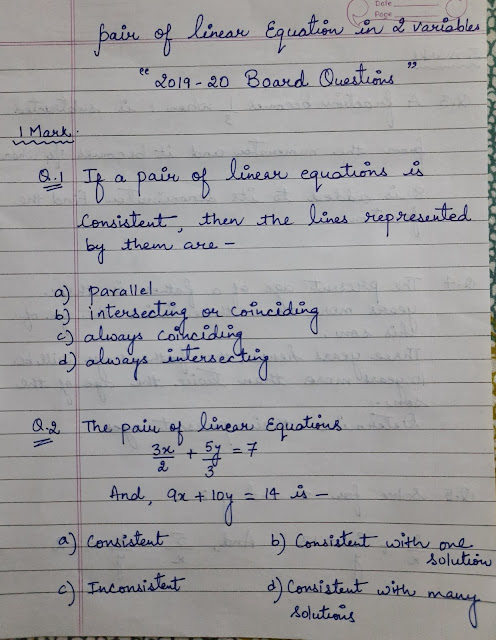UNIT-
17, TRAVEL AND FUEL
QUICK
LEARNING BITS
1.
Vehicles generally run on two
kinds of fuels-
a. Petrol
and diesel
b. CNG
and LPG
2.
Fuel is the source of energy-
a. True
b. False
3.
People prefer petrol and diesel
over CNG because-
a. CNG
causes less pollution
b. CNG
availability is less
4.
Vehicles run on-
a. Fuels
b. Oxygen
5.
Small vehicles like motorbike,
scooters generally run on-
a. Petrol
b. Diesel
6.
Heavy vehicles like trucks, buses
generally move on-
a. Petrol
b. Diesel
7.
Fuel which makes everyday driving
cheaper-
a. Diesel
b. Petrol
8.
The energy output per unit volume
of petrol is better than diesel-
a. True
b. False
9.
Airplanes use special type of
fuel called-
a. Fossil
fuel
b. Aviation
fuel
10. Fuels
used in dry cleaning, making crayons, deodorants etc-
a. Petroleum
b. Biogas
11. Coal,
petroleum and natural gas are-
a. Renewable
fuels
b. Non-renewable
fuels
12. Fossil
fuels are also known as-
a. Renewable
fuels
b. Non-renewable
fuels
13. Which
of the energy source is non-renewable-
a. Fossil
fuels
b. Biomas
14. Renewable
resources are-
a. Eco-friendly
b. Harmful
to environment
15. Which
of the following non-renewable energy source is NOT a fossil fuel-
a. Oil
b. Nuclear
16. Beside
oil, what else is found deep inside the earth?
a. Natural
gas
b. Biogas
17. Which
fossil fuel is formed by decaying of plant matter?
a. Coal
b. Petroleum
18. Products
obtained from petroleum-
a. Diesel,
petrol, kerosene
b. Gobar
gas, bio fuels, coal
19. A
renewable resource can take many-many generations to replenish itself?
a. True
b. false
20. Which
of the energy source is renewable-
a. Peat
b. Hydropower
21. CNG
is preferred over petrol and diesel because-
a. Eco-friendly
b. Cheap
22. Solar
energy is renewable resource-
a. True
b. False
23. CNG
stands for-
a. Coal
nature gas
b. Compressed
natural gas
24. Non-renewable
means resources that can be regenerate quickly-
a. True
b. False
25. Wind
energy is non-renewable resource-
a. True
b. False
26. LPG
stands for-
a. Liquefied
petroleum gas
b. Liquefied
pollution less gas
27. Renewable
means resources that can be regenerate quickly-
a. True
b. False
28. Renewable
resources are-
a. Naturally
available which can replenish quickly
b. Naturally
available which can take many-many genarations to replenish
29. Fossil
fuels formed hundreds of millions of years ago from the remains of dead?
a. Animals
and plants
b. Plants
and bones
30. Non-Renewable
resources are-
a. Naturally
available which can replenish quickly
b. Naturally
available which can take many-many generations to replenish
31. Coal
is the fossil fuel to burn, releasing many air pollutants.
a. True
b. False
32. What
is smog made of?
a. Fog
and coal
b. Fog
and smoke
33. Factories
produce-
a. Harmful
gases
b. Oxygen
34. Burning
of fossil fuels emits gases like-
a. Carbon
monoxide and nitrogen oxides
b. Carbon
dioxide and natural gas
35. The
amount of air pollution caused by vehicles can be controlled by-
a. Reducing
number of vehicles on road
b. Regenerating
more number of vehicles on road
36. Natural
gas is found along with-
a. Coal
b. Petroleum
37. Fuels
are expensive and should be used when-
a. One
feel like using
b. Necessary
38. Non-renewable
fuels, when used, release harmful substances causes-
a. Population
b. Pollution
39. Black
gold is-
a. Crude
oil
b. Coal
40. Air
pollution causes-
a. Health
problems
b. Financial
problem







